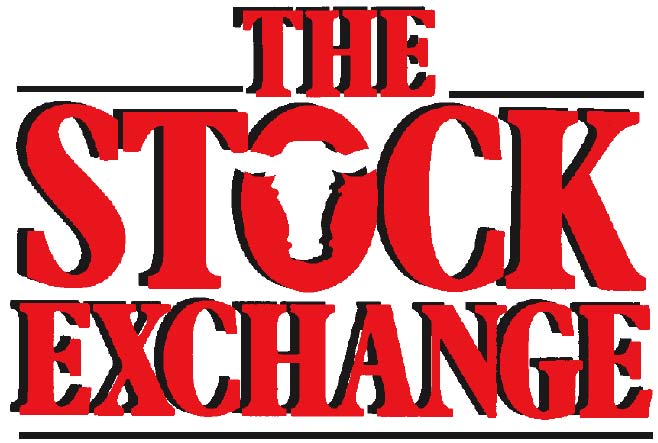Cattle on Feed Adjustments Continue
David P. Anderson, Professor and Extension Economist, Texas A&M AgriLife Extension Service The cattle feeding part of the industry has been in the midst of dramatic adjustments over the last couple of months, just like the rest of the industry. USDA released its June Cattle on Feed report on Friday, June 19th and it showed some more adjustments, but this time back in the direction of normal. After 2 months of 20 percent…
